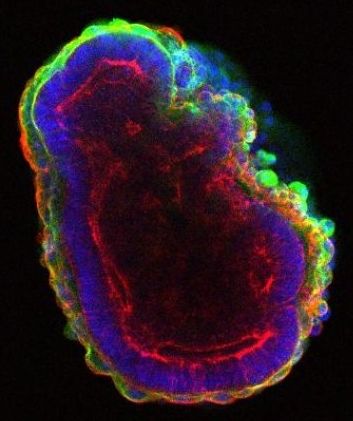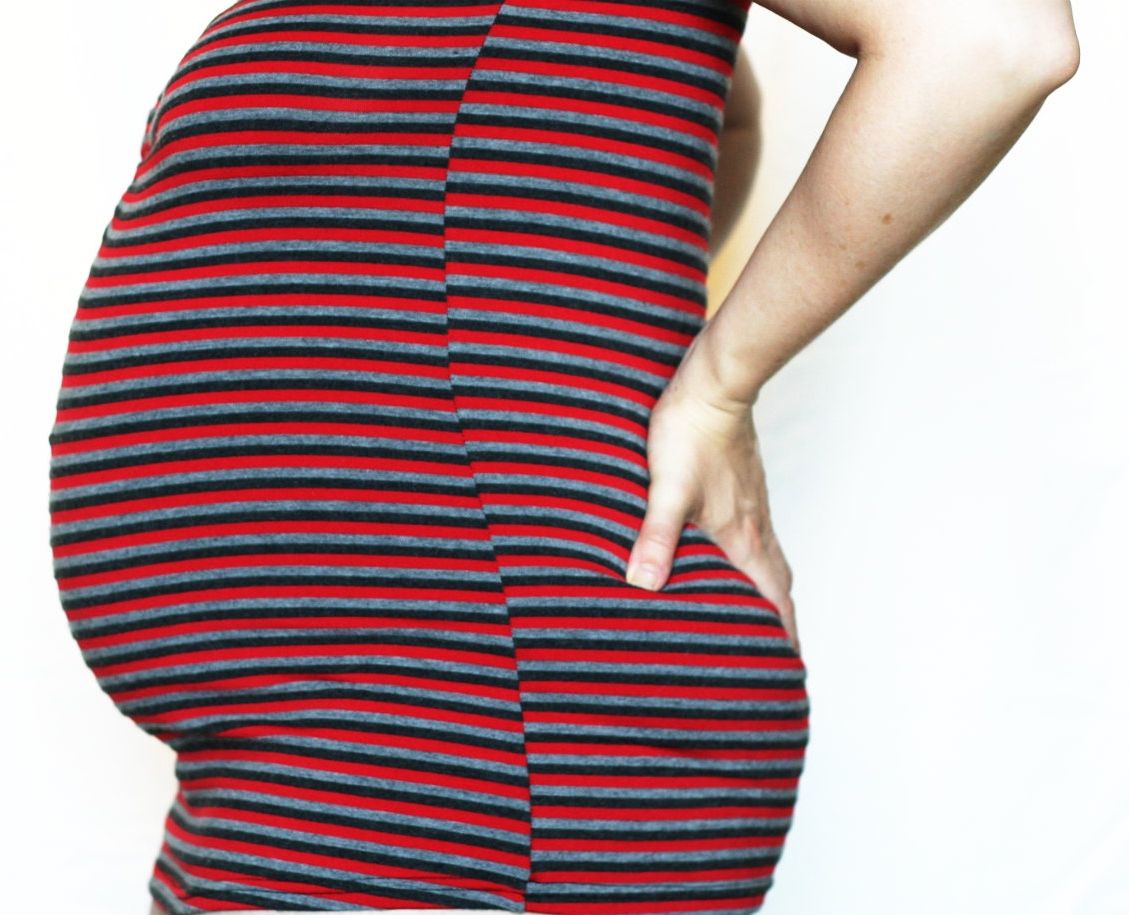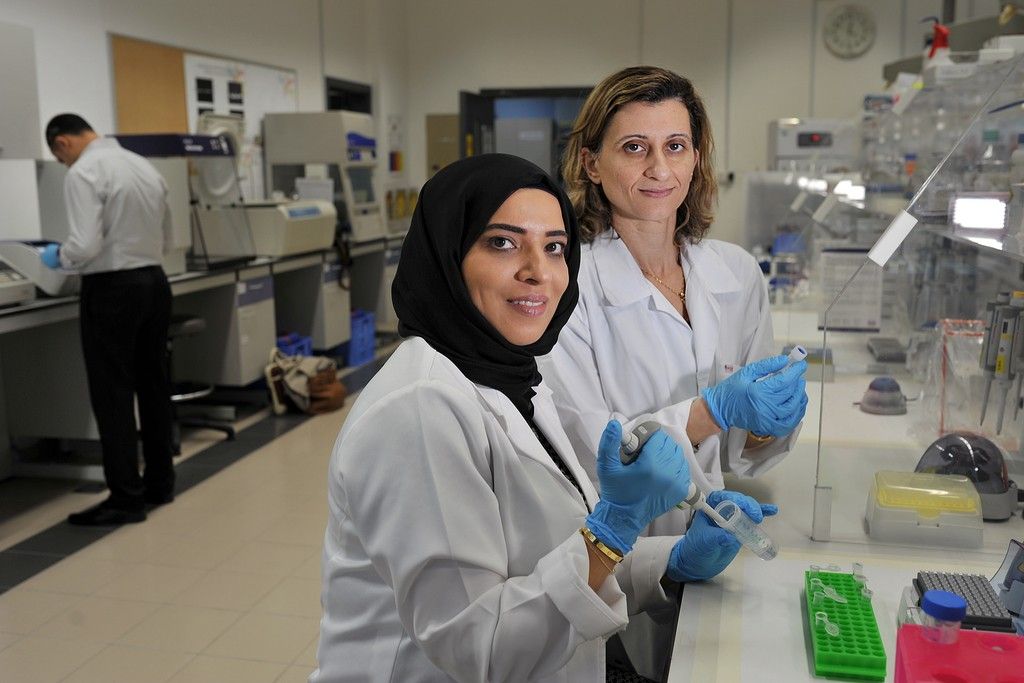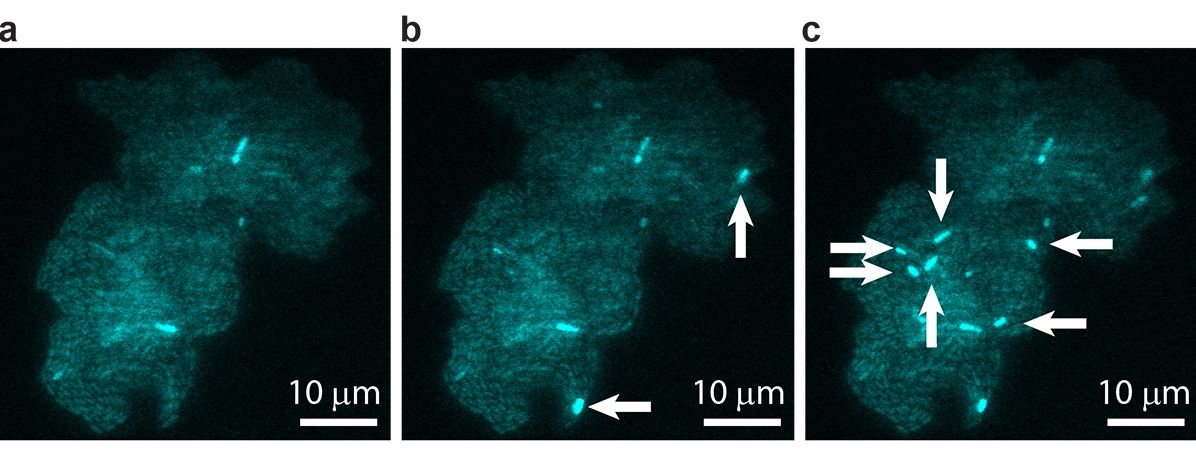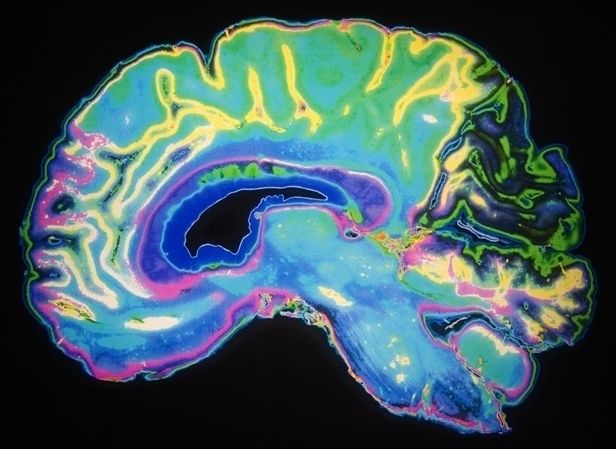Jun 13, 2016
Breakthrough technology to improve cyber security
Posted by Karen Hurst in categories: cybercrime/malcode, engineering, particle physics, quantum physics
Another article on Quantum Security; this time from Sydney (generating single photons to make communications and information secured).
With enough computing effort most contemporary security systems will be broken. But a research team at the University of Sydney has made a major breakthrough in generating single photons (light particles), as carriers of quantum information in security systems.
The collaboration involving physicists at the Centre for Ultrahigh bandwidth Devices for Optical Systems (CUDOS), an ARC Centre of Excellence headquartered in the School of Physics, and electrical engineers from the School of Electrical and Information Engineering, has been published in Nature Communications.
The team’s work resolved a key issue holding back the development of password exchange which can only be broken by violating the laws of physics. Photons are generated in a pair, and detecting one indicates the existence of the other. This allows scientists to manage the timing of photon events so that they always arrive at the time they are expected.
Continue reading “Breakthrough technology to improve cyber security” »
